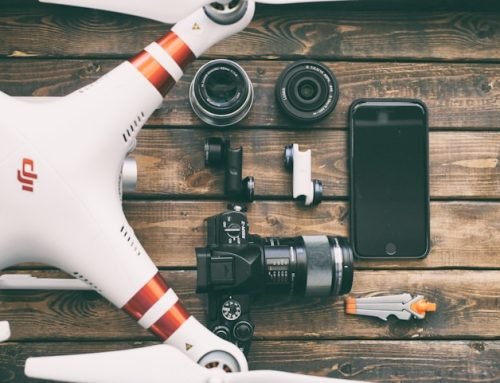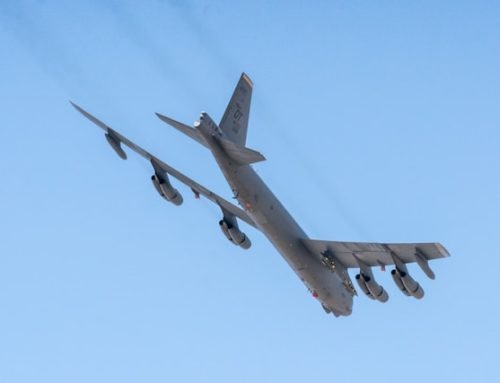The Role of Drone Technology in Surveillance Within the United States
The Role of Drone Technology in Surveillance Within the United States

In recent years, the integration of drone technology into surveillance operations within the United States has sparked both excitement and controversy. Drones, formally known as unmanned aerial vehicles (UAVs), offer unique capabilities that enhance surveillance efforts across various sectors, including law enforcement, public safety, infrastructure monitoring, and environmental protection. This article delves into the applications, benefits, concerns, and regulatory landscape surrounding the use of drones for surveillance within the United States.
Applications of Drone Surveillance
- Law Enforcement and Public Safety: Police departments and law enforcement agencies utilize drones for a range of tasks, including search and rescue operations, crime scene investigation, crowd monitoring during public events, and pursuit of suspects. Drones equipped with high-resolution cameras and thermal imaging sensors provide real-time aerial footage, enhancing situational awareness and operational efficiency.
- Border Patrol and Homeland Security: Along the U.S. borders, drones play a crucial role in monitoring and securing remote and hard-to-reach areas. Border Patrol agencies use drones to detect illegal border crossings, monitor suspicious activities, and support efforts to combat drug trafficking and smuggling operations.
- Infrastructure Inspection and Maintenance: In the realm of civil engineering and infrastructure management, drones are employed for inspecting bridges, dams, pipelines, and power lines. Their ability to access inaccessible or hazardous locations reduces risks to personnel and enhances the accuracy of inspections through high-definition imaging and data collection.
- Environmental Monitoring and Disaster Response: Drones contribute to environmental conservation efforts by monitoring wildlife, vegetation, and ecosystems. During natural disasters such as wildfires, hurricanes, and floods, drones provide critical aerial assessments of damage, assist in search and rescue operations, and facilitate the delivery of emergency supplies to affected areas.
Benefits of Drone Surveillance
- Cost-Effectiveness: Compared to manned aircraft and ground-based surveillance methods, drones offer a cost-effective solution for conducting aerial surveillance. They require minimal operational costs and can be deployed quickly to gather real-time intelligence over large geographic areas.
- Enhanced Safety: Drones mitigate risks to personnel by reducing the need for humans to access hazardous or challenging environments. This is particularly valuable in law enforcement operations, disaster response efforts, and infrastructure inspections where safety is paramount.
- Flexibility and Accessibility: Drones are highly maneuverable and can access locations that are difficult or impossible for traditional surveillance methods to reach. This agility enables rapid deployment and responsive decision-making in dynamic situations.
- Real-Time Data Acquisition: Advanced sensors and imaging technologies onboard drones provide real-time data acquisition and analysis, enabling immediate decision-making and operational coordination. This capability enhances situational awareness and supports timely responses to emerging threats or incidents.
Concerns and Regulatory Considerations
- Privacy Issues: One of the primary concerns surrounding drone surveillance is the potential invasion of privacy. Drones equipped with cameras raise concerns about unauthorized surveillance of individuals, private property, and sensitive locations. Regulatory frameworks such as the Federal Aviation Administration (FAA) guidelines and state laws aim to address privacy protections and restrictions on drone operations near populated areas.
- Security Risks: The proliferation of drones also introduces security risks, including the potential for drones to be used for malicious purposes such as espionage, unauthorized surveillance, or as delivery vehicles for harmful payloads. Mitigating these risks requires robust cybersecurity measures, counter-drone technology, and regulatory oversight.
- Ethical and Legal Considerations: The ethical implications of drone surveillance involve balancing public safety and security with individual rights and civil liberties. Transparency in drone operations, adherence to legal standards, and accountability for data collection and use are essential to maintaining public trust and confidence.
- Regulatory Framework: In the United States, drone operations are regulated by the FAA under Part 107 rules, which govern commercial and governmental use of drones. Agencies and organizations conducting drone surveillance must comply with airspace regulations, obtain appropriate certifications, and adhere to privacy guidelines to ensure lawful and ethical use of drone technology.
Future Trends and Innovations
Looking ahead, advancements in drone technology are poised to further transform surveillance capabilities within the United States:
- Artificial Intelligence and Automation: Integration of AI algorithms enables drones to autonomously analyze data, detect anomalies, and perform predictive analytics, enhancing decision-making in surveillance operations.
- Beyond Visual Line of Sight (BVLOS) Operations: Continued development of BVLOS capabilities will expand the range and scope of drone surveillance, allowing for extended missions and coverage of larger geographic areas.
- Integration with 5G and IoT: Drones will leverage 5G networks and Internet of Things (IoT) technologies to enable real-time data transmission, remote control, and seamless integration with smart city infrastructure for enhanced situational awareness and response capabilities.
Conclusion
In conclusion, drone technology represents a powerful tool for enhancing surveillance capabilities within the United States across various sectors. From law enforcement and public safety to infrastructure management and environmental monitoring, drones provide cost-effective, flexible, and efficient solutions for gathering real-time intelligence and responding to emergencies. However, the deployment of drones for surveillance raises significant ethical, legal, and privacy concerns that must be carefully addressed through robust regulatory frameworks and responsible operational practices. As technology continues to evolve, the future of drone surveillance holds promise for advancing safety, security, and operational effectiveness while navigating the complexities of privacy and civil liberties in a digital age.


